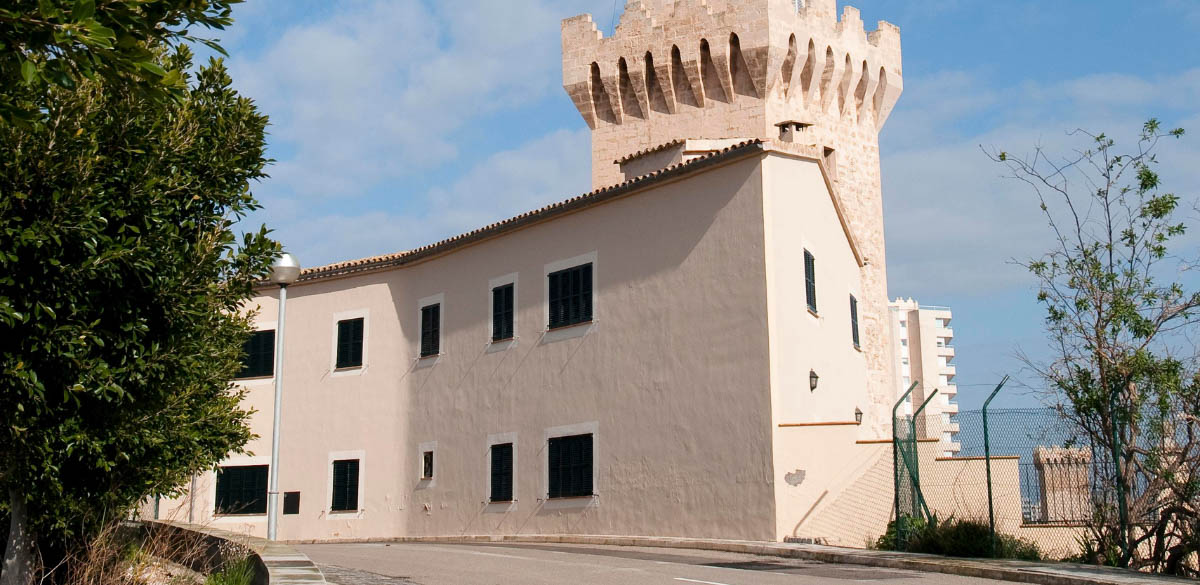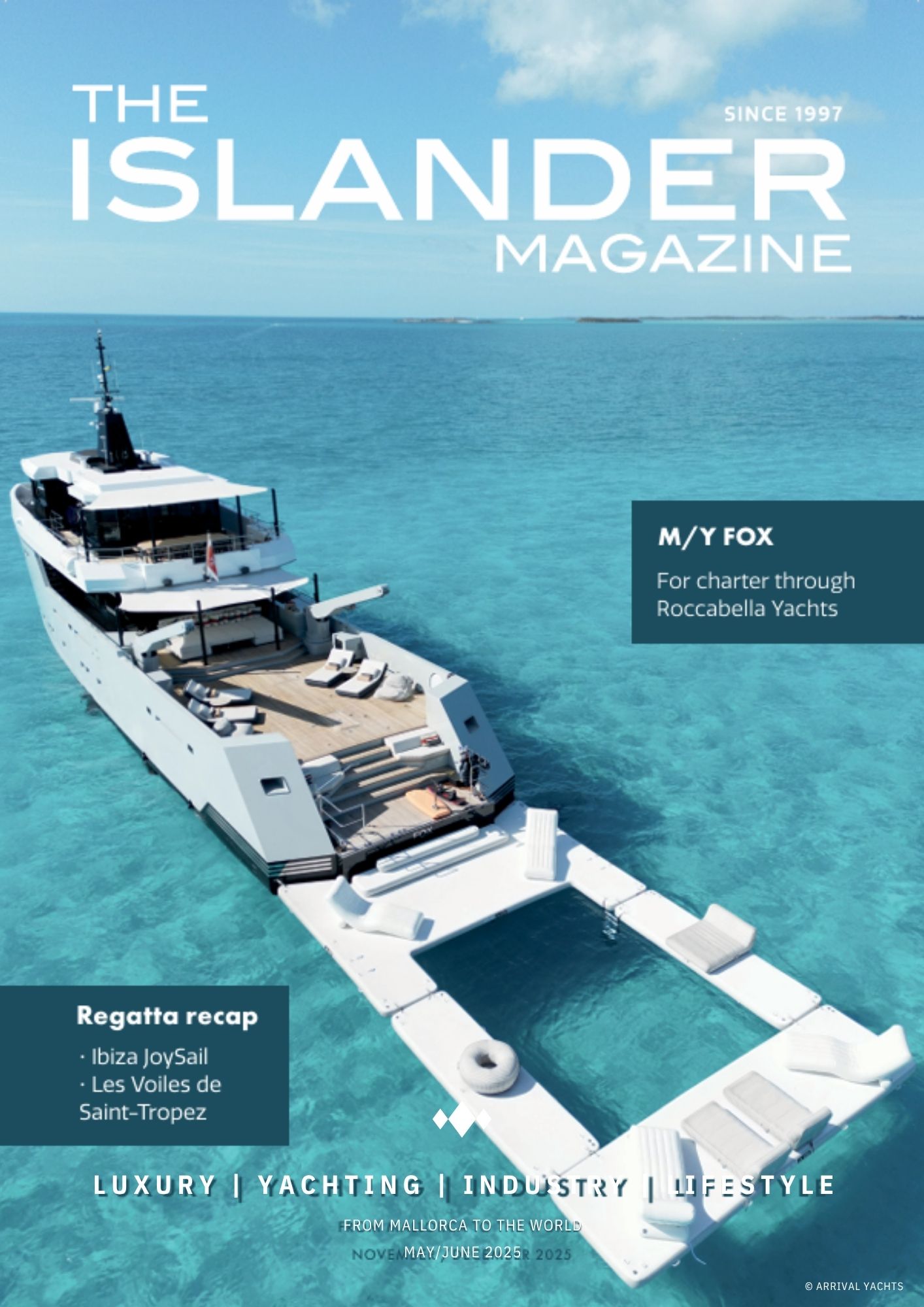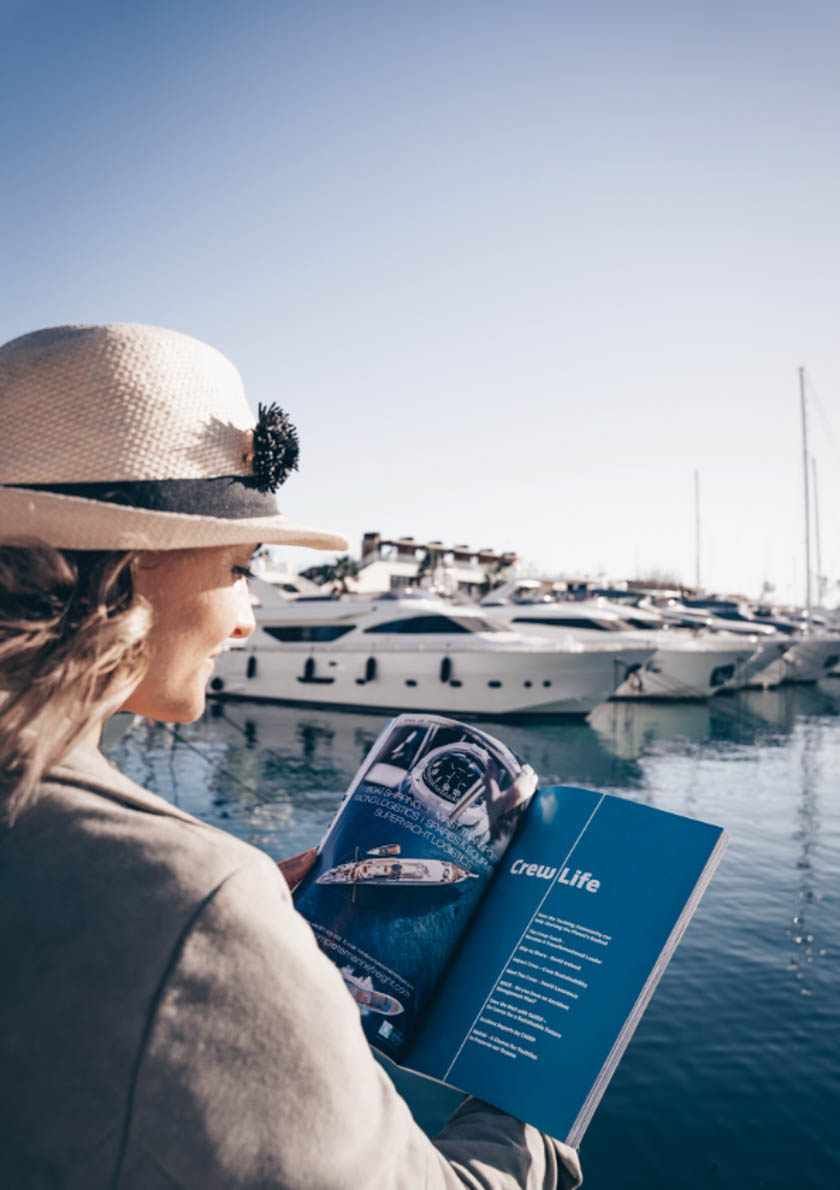If you are an Islander, you have probably passed by this historical gem at least once while leaving the bay of Palma by sea. However, not many people know that El Far de Portopí is Spain’s second oldest operational lighthouse. Even fewer are aware that this sight is home to one of Europe´s finest maritime signal exhibitions. Join Islander reporter Marlot as she explores this emblem of Mallorca’s heritage.
A brief history of Portopí lighthouse
Situated next to the busy ferry terminal, in front of Palma´s port, the lighthouse of Portopí has been a silent witness to centuries of maritime history. The first reference of the lighthouse dates back as far as the year 1300. In a document, King Jaume II of Mallorca entrusted his successors with the maintenance of the lighthouse, which was then located at the current site of Fort Sant Carlos. The lighthouse appears on Pere Niçard’s painting of Saint Jorge at the end of the 15th century, on which can be seen what the bay of Palma de Mallorca must have been like during that time.
The lower part of the tower was originally used as a signal tower, hence the original name ´Torre de Senyals´. In 1613, the upper part was relocated, and its height was increased, transforming it into a lighthouse. In 1983, it was declared a national historic monument, and to this day, it´s emitting its characteristic two flashes of light every 15 seconds.
Visiting the lighthouse of Portopí
Visiting Portopí is not exactly obvious as it’s one of those spots you must know about (which is why The Islander is happy to inform you!). The lighthouse is situated in a restricted area next to the military naval of Palma. To visit the museum, you must make an appointment. From the meeting point at the Nautical School, a minibus will take you to the lighthouse. Note that you won’t visit the lighthouse tower. Instead, you’ll enjoy a 1,5-hour guided tour in the building next to it through the exhibition of Maritime Signals, which doesn’t disappoint.
Exposition of Maritime Signals
The permanent exhibit tells the history of maritime signals and the lighthouses on the Balearics, of which currently 34 are operating. After years of gathering and restoring installations and equipment from lighthouses throughout the islands the exhibition opened its doors in 2004.
The impressive collection contains various lightning technology systems over the years. From the 14th century, when olive oil was used to light the lantern, to the weight-driven mechanics used to “wind up” the lighthouse, like a clock. All the optics on display have been in service, including the largest one, which was used on the island of Dragonera (and moved by helicopter, with the help of the North American Navy in 1985).
The life of the lighthouse keepers
The lighthouse keepers, called ‘fareros’, and their families lived remarkable lives in the most remote corners of the Balearics. Despite its romantic allure, being a keeper was a challenging. Without phones or internet they could be cut off from the outside world for weeks, especially when enduring bad weather. Their duties involved risky tasks, such as hoisting acetylene cylinders at cliff edges on the islet of Toro, which was done by the keepers of the lighthouse of Cala de Figuera.
Other – heroic – anecdotes include lighthouse keepers rescuing shipwreck victims, such as at the lighthouse of Punta de la Avanzada, Pollença, where in 1909 the tower keeper´s youngest sun reported a sinking felucca with two sailors of which they could only rescue one, and about a keeper’s wife who kept the lighthouse running for days after her husband passed away.
More stories are to be explored…
The museum provides an in-depth look into Mallorca’s history, which has always been intertwined with the sea. Thanks to record books kept by the lighthouse keepers, much is known about this fascinating past. This article offers just a glimpse into what Portopí has to offer, but there are many more stories to be explored. We can only highly recommended visiting this historical gem.
More information and reservations on www.farsdebalears.com
—
5x Faro Facts
Lighthouse Portopí is the third oldest operating lighthouse in Europe, after the Tower of Hercules in A Coruña and the ´Linterna´ in Genoa.
Olive oil was used to lit the Portopí Lighthouse until the 19th century, when it was replaced by Scottish paraffin in 1859, and eventually by electricity in 1918.
Built in 1852 on Sa Dragonera’s highest point, Na Popia was Spain’s tallest lighthouse at 351 meters. Frequent fog led to its closure in 1910 and replacement by two lighthouses at the island’s ends.
The area around Portocolom’s lighthouse is known for numerous shipwrecks. For example, in 1882, keepers rescued the entire crew of a ship from the Miguel Estela company, which was carrying liquor and other goods.
‘El Far del Port de Palma’ operated from 1909 to 1982 and now serves as the offices for the ‘Autoridad Portuaria de Baleares,’ who also use it as their logo.
In 1969, Margalida Frontera Pasqual from Mallorca became Spain’s first female lighthouse keeper.
Source: www.farsdebalears.com





























0 Comments